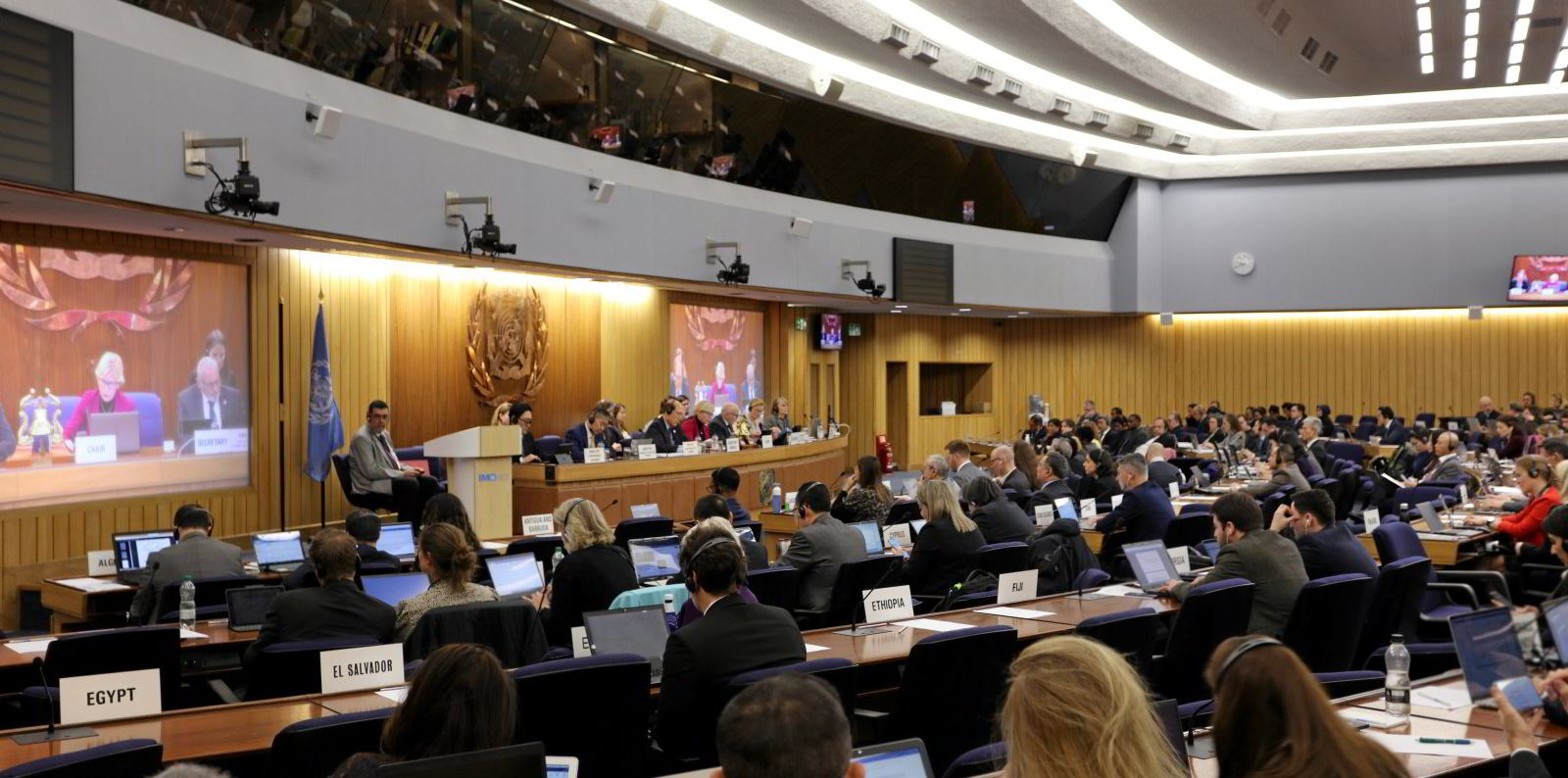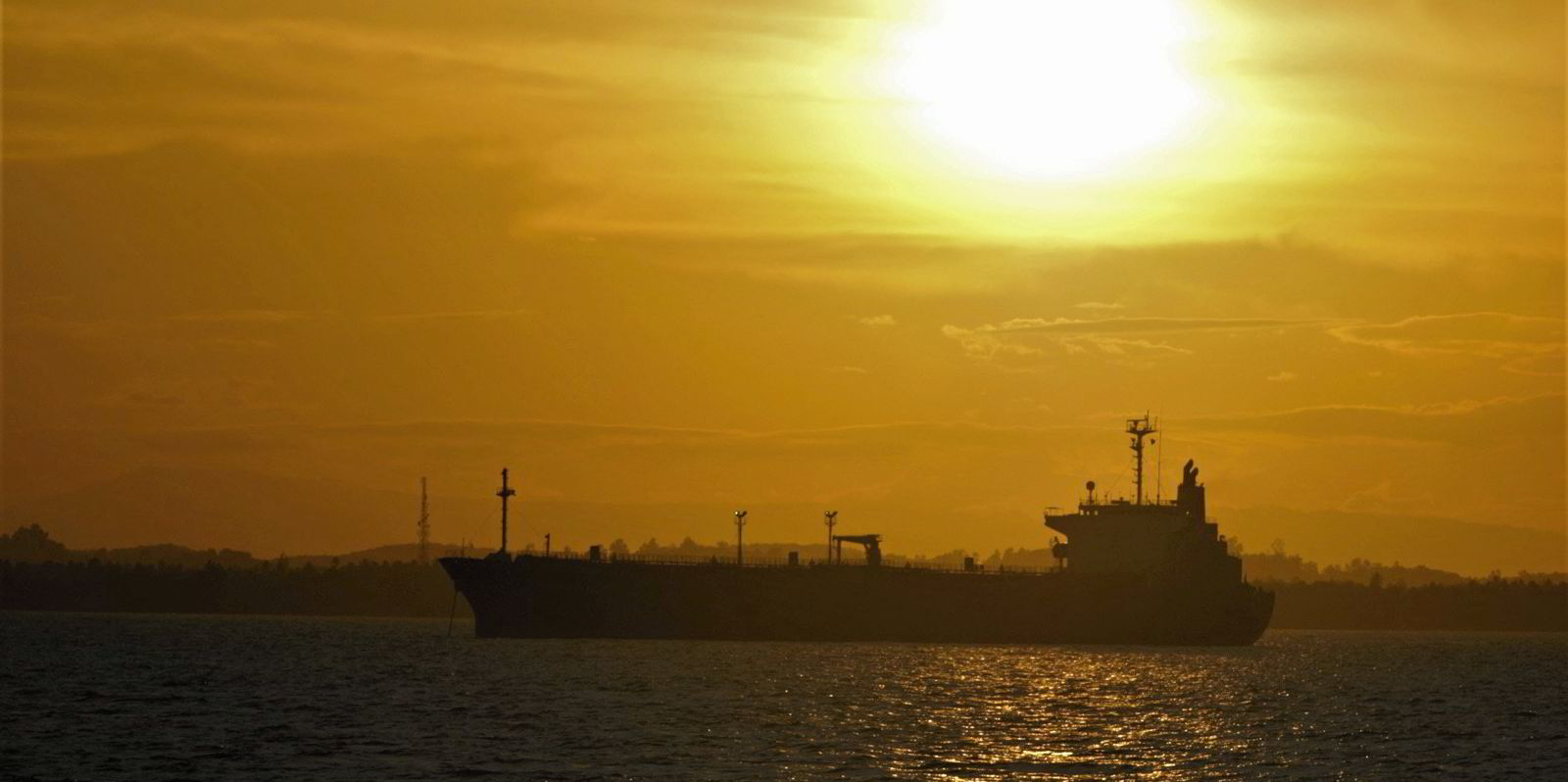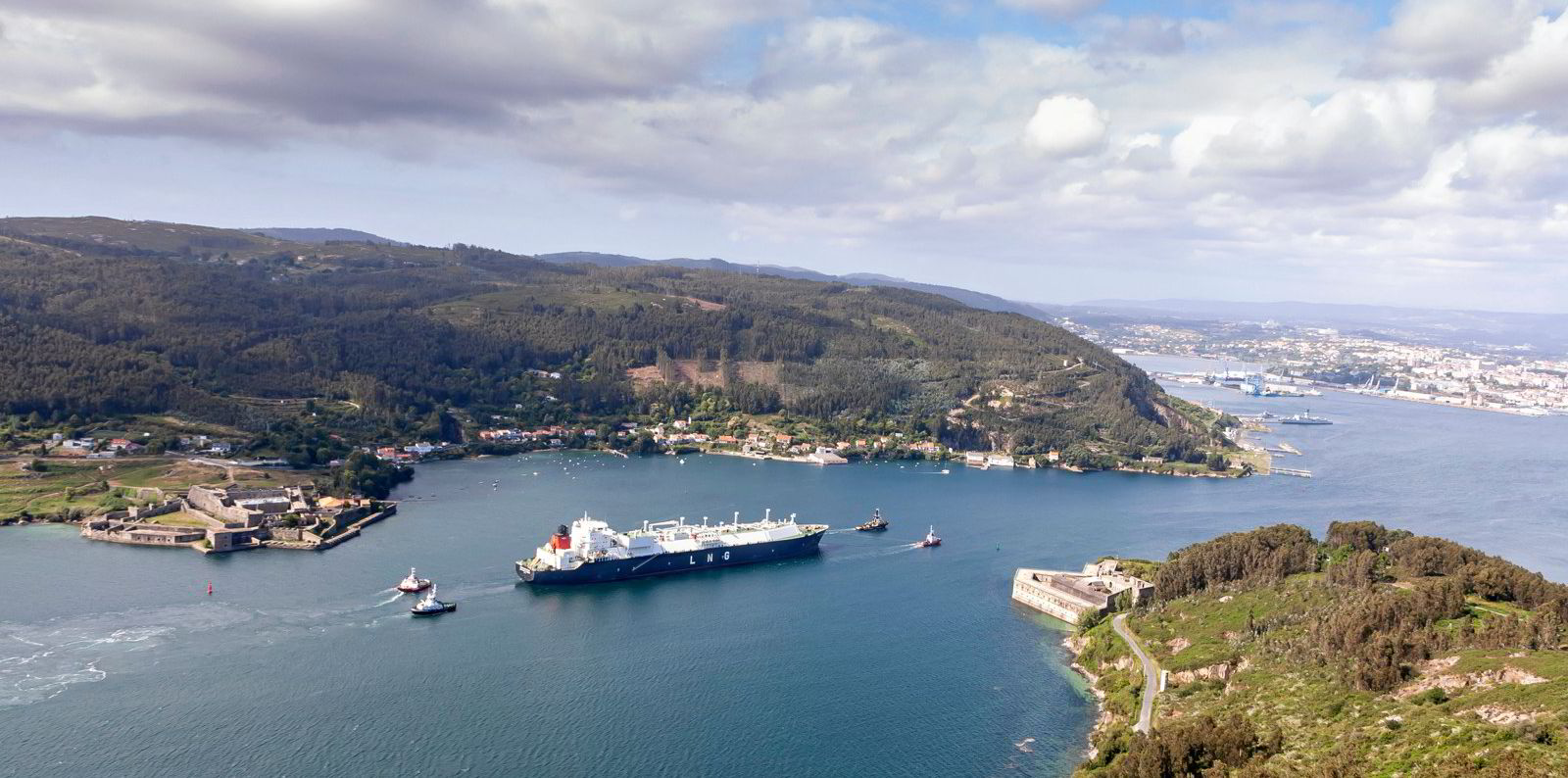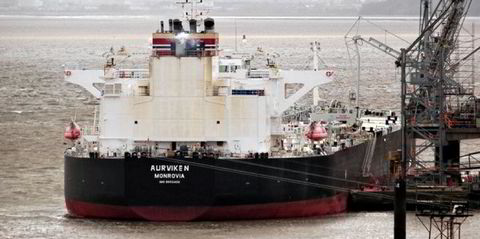A ship-to-ship (STS) transfer centre for Russian oil has shifted from waters off the Spanish exclave of Ceuta to the Atlantic Ocean after local authorities cracked down on the trade, according to new analysis.
Data analyst Vortexa said three locations in the Atlantic have seen oil transfers during May as part of a return of STS activity to the area after the winter with calmer sea conditions.
STS operations off the Canary Islands, Cape Verde and open-sea areas of the Atlantic Ocean accounted for 90,000 barrels per day in the first 25 days of May.
The analyst said that amounted to nearly half of all Urals STS transfers in May, adding that the rest took place off the coast at Kalamata in Greece.
The shift effectively has ended the use of waters off Ceuta, on the northern African coast, for oil transfers after the area emerged as a vital logistical hub following the European Union’s embargo on Russian crude from 5 December 2022.
The EU ban changed the nature of the Russian trade with oil travelling longer distances, with countries such as China, India and Turkey taking more of the cheap Russian barrels that had previously gone to the EU.
The longer hauls favour VLCCs to keep freight costs down, but the large carriers cannot load at Russia’s Baltic and Black Sea ports.
The logistical problems were circumvented by smaller aframaxes shuttling between the Baltic ports to larger vessels waiting in the Mediterranean, notably off Ceuta and Kalamata.
But the trade created problems for the EU because of concerns of a potential oil spill during the risky operations involving older and potentially more lightly-regulated and insured ships from the so-called “shadow fleet”.
The 27-nation bloc also faced pressure to crack down on the trade in its own backyard from local politicians and campaign groups.
Under the International Convention for the Prevention of Pollution from Ships (Marpol), tanker operators should inform a state no less than 48 hours of a planned STS in its territorial waters or Exclusive Economic Zone (EEZ), which stretches 200 nautical miles (370 km) from the coast.
Spain responded by calling for increased regulation of STS transfers at the International Maritime Organization and has warned local businesses of the risks of breaching sanctions if it supplies equipment for such operations.
TradeWinds reported this week that Spain’s transport ministry had fined the owners of a Vietnamese tanker €120,000 ($129,000) for an unauthorised STS oil transfer off its coastline.
Vortexa said the pressure from governments and the changing sea conditions in the run-up to summer appear to have had an effect.
The shift to Atlantic locations means VLCCs that return loaded to Asian destinations via the Cape of Good Hope have to take less of a diversion into the Mediterranean Sea.
And it said total STS activity of Russian Urals in May amounted to 190,000 barrels per day — about one-third of the level of activity at its peak in February.
Disguised cargo
“The need for intermediaries to disguise cargo flows is not as relevant as it may have been initially post-ban given the main buyers are firmly established, ie India and China,” analyst Armen Azizian said in a briefing note.
“Furthermore, winter is over, so the need to keep ice-class tankers in proximity to the Baltics is no longer of essence.”
Since April, five VLCCs have ballasted to the Atlantic, with two having left after loading Urals via STS transfers.
Four of them are Chinese operated, one Singaporean, and have all previously carried Iranian or Venezuelan crude, the analyst said. The average age is 18 years, fitting the profile of older shadow-fleet vessels.

“The older fleet in the Atlantic Ocean once again supports the higher risk profile of tankers in this new location and reflects the Atlantic Ocean as an alternative to offshore Ceuta,” the report said.
Open sea areas of the North Atlantic were used as an STS zone for Russian Urals in the summer of 2022 when some vessels went dark without their AIS tracking systems switched on.
Vortexa said it had not seen such similar dark activity this year.
But a second report by S&P Global found a 225% increase globally in the dark STS oil transfers in the first quarter of this year compared with the same period in 2022.
It found that 60% of the 524 transfers in the first quarter of the year took place in waters off Crimea and within Russian EEZs.
It said the most likely reason for going dark in the Russian zones was to conceal the origin of Russian cargoes through oil transfers without having to inform other countries about planned operations.





